
Development Of "Grasping" In Babies
4 min readWritten by Editorial Team

One of the first “awwww” moments for you as a parent comes when your little one clenches his tiny fist around your finger. There are very few other instances that reflects as explicatively that this is a child that you need to protect and care for. As important as it is emotionally, grasping is a key developmental milestone as well. Read on to understand all about it.
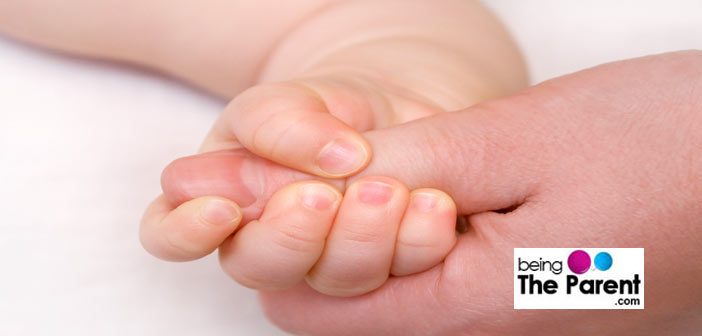
When Will My Baby Start Grasping?
Babies are born with their fists clenched and have an ability to grasp from that time itself (palmar Reflex). ‘Grasping’ starts as an instinct but soon after, the baby wants to develop it as a skill. Once the baby is 3 months old, he will start reaching out for colorful toys around him, but he might not be able to grasp them as his thumb muscles are not yet very strong. However, by six months these muscles become sufficiently strong for him to grab and hold objects he fancies. By the time he celebrates his first birthday, he will be able to pick and hold things in his tiny, little hands.
How Will My Baby’s Grasping Change And Improve Over Time?
- 0 months – 2 months: In the first two months, your baby’s reflex to grasp things that are on his palm are the strongest. This is why he holds your finger tight when you put it in his palm. However, this reflex fades after 2 months and then it becomes a “skill” that your child needs to master
- 3 months – 4 months: He can now see and recognize his toys. He might be able to grab them, but he will flay his hands and try nevertheless. You can try putting a small soft toy in his palms and he might hold on to it for few seconds before dropping it. The baby’s hand-eye coordination also starts to develop
- 4 months – 5 months: He will start holding on to his toys strongly by now. But he might have difficulty unclenching his fists and letting go of the object in his hands
- 6 months – 8 months: By now, his hand-eye coordination has improved a lot and he might even slowly start to crawl his way towards a toy of his choice. He will also be able to let go off toys easily unlike before and even pass a toy from one hand to another. It is also time to childproof your house if you have not already done so and put potential choking hazards out of your child’s way
- 9 months – 1 year: He will become an expert grasper by now, being able to pick up smaller objects on the floor with just two fingers. Again, this is a time you need to be very careful as they tend to put everything they can pick up on to their mouths
Once your baby learns how to grasp objects, the next thing he would try to master is throwing. You will probably have to deal with a lot of things that will be thrown around!
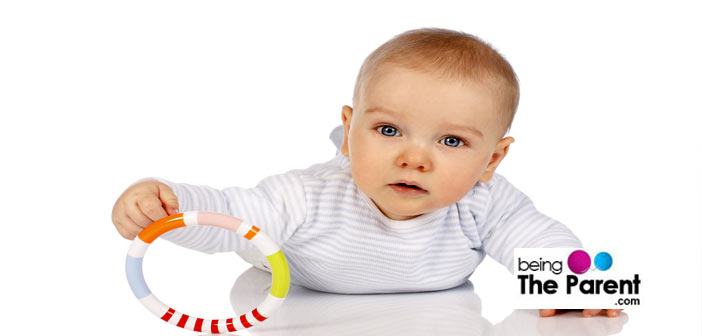
What Can I Do To Improve My Baby’s Grasping Skills?
Here are some of the ways in which you can encourage your baby to grasp:
- Attract him with color: When you child is lying on his back, hang a colorful toy over his body which he can attempt to grasp while flaying his hands. You can also hang it from your hand instead of hanging it over the crib and ask him lovingly to catch it during your play time with the child. When your baby is old enough to roll on his tummy, keep colorful objects around him which he can grasp
- Invest in a good baby gym: Baby gyms are safe and comfortable and comes with a number of colorful toys of different kinds and textures for attracting your baby’s attention. It will even have music to draw his attention to certain areas
- Make feeding time learning time: For babies old enough to be fed solids, give them a spoon to hold while you are feeding. Spoon is easy to hold, and baby will start associating it to food sooner this way
- Give him right-sized objects: Do not give him toys that are too big for him to hold on. Give him objects that are small enough to fit into his one hand, or big enough to be held with both hands
- Engage in interesting activities: When your baby is old enough to sit upright, give him colorful cups or bowls and an assortment of smaller toys to be picked and put inside the cups
- Change the shapes: Keep changing the shapes of the objects you give your baby to grasp. It might be easier initially to grab something that has a handle, but it might be more difficult to hold a ball
What If My Baby Does Not Grasp At All?
As you already know, every child is different and the milestones only give a general idea for your child’s development. So if you child takes little longer than usual to reach a certain developmental milestone (grasping in this case), there is no immediate need to panic. Further, if your child was born a preemie, then he will take longer than a full term child to reach all his milestones. That said, talk to your child’s pediatrician if your baby:
- Does not appear to see or notice any colorful object you place in front of him or above him when he is 2 months old
- Does not reach objects when he is 3 months old
- Does not pick up any object even after he is nine months old
Never compare your baby to another and always remember that every baby takes his own time to develop.

Editorial Team,
With a rich experience in pregnancy and parenting, our team of experts create insightful, well-curated, and easy-to-read content for our to-be-parents and parents at all stages of parenting.Read more.
Responses (0)
Want curated content sharply tailored for your exact stage of parenting?
Related articles
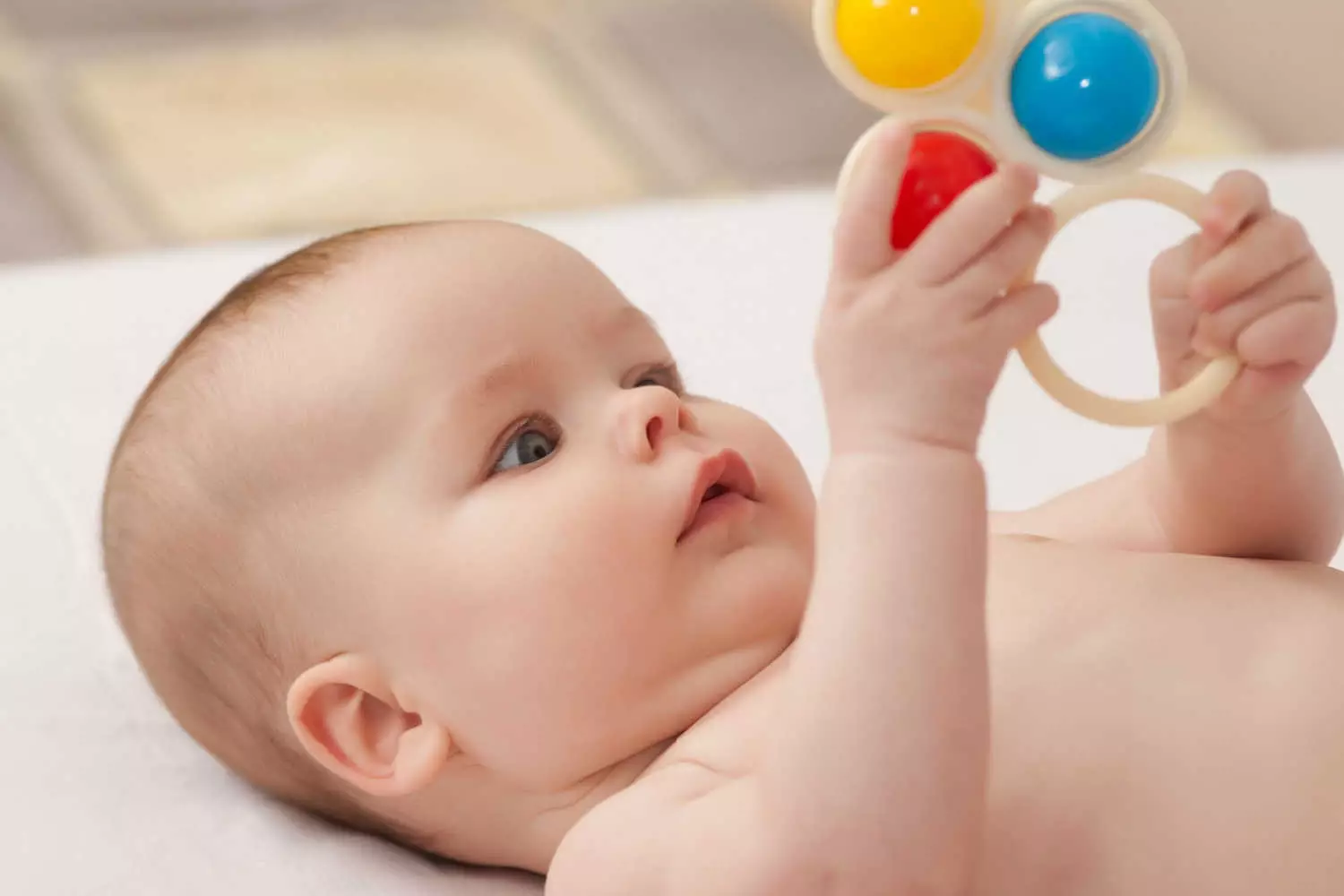
Rattles For Babies – How it Helps in Baby’s Development
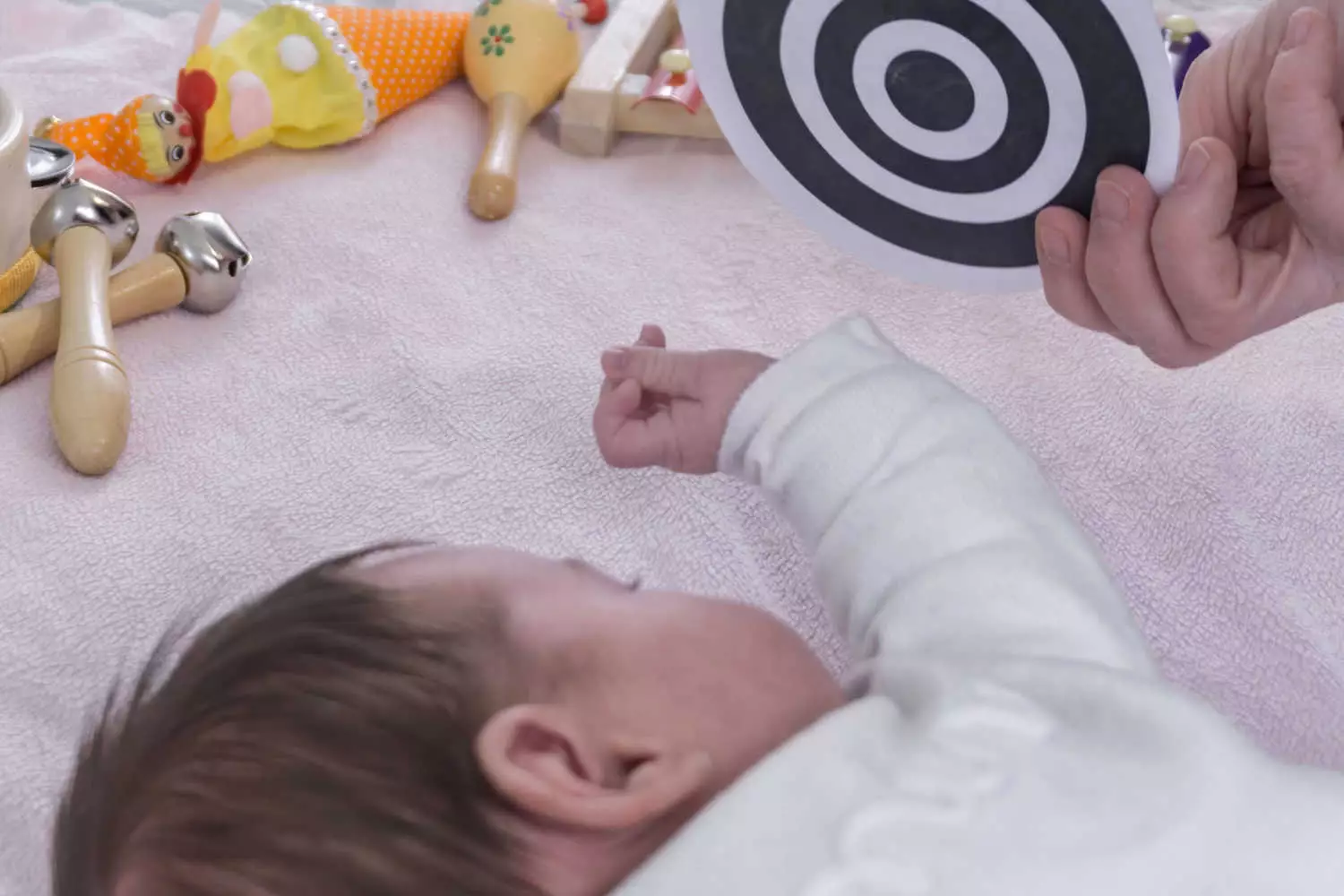
Black and White Sensory Toys For Newborns – How it Helps in Baby’s Development

Tips and Ideas For Selecting Baby’s First Birthday Dress For Boys
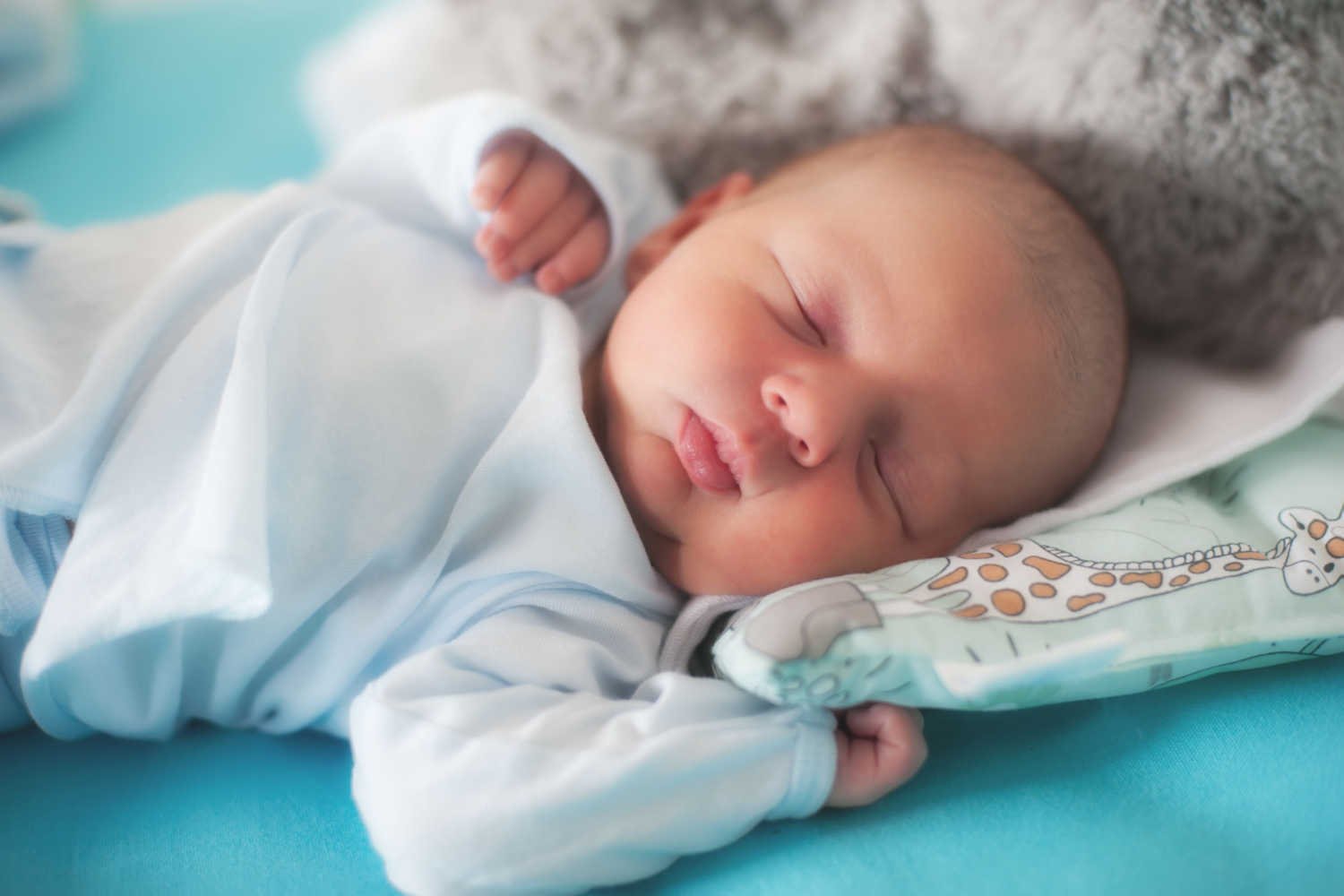
Bedtime Fading Method of Sleep Training Your Baby – Know All About it

Top 6 Best Bath Books For Babies in First Year

Passion Fruit (Krishna Phal) For Babies – Is it Safe, When to Introduce and Benefits
Sponsored content
Discover great local businesses around you for your kids.
Get regular updates, great recommendations and other right stuff at the right time.





